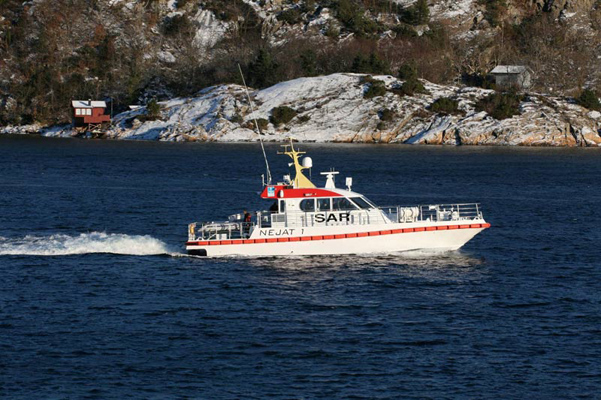Design and construction of search and rescue vessel
Search and rescue vessels are specialized and fast vessels that are used for missions and critical cases.
In maritime search and rescue operations, several critical factors such as speed, maneuverability, reliability and the ability to operate in harsh conditions must be present in a search and rescue vessel. The vessel must be able to quickly reach the emergency location and perform rescue operations in different environments.
The most important features of a search and rescue vessel (in the event of an accident):
Speed and response time: A SAR vessel must be fast enough to respond to emergency calls quickly. The faster the response, the greater the chance of a successful rescue.
– Maneuverability: the vessel must be able to operate in narrow or crowded waters and channels, in heavy port traffic and in bad weather conditions.
– Ability to withstand bad sea conditions: the vessel must be able to withstand extreme weather, including rough seas, strong winds and icy conditions.
-Rescue equipment: This includes high-tech rescue tools such as winches, lifeboats, drones and medical facilities to assist during rescue.
– Trained crew: The effectiveness of the float also depends on the skill of the crew, who must be trained in rescue techniques and emergency medical care.



BatService signed a contract for the construction of 9 search and rescue vessels with the Iranian Ports and Maritime Organization (PMO) in 2004.
These fast vessels are now in the possession of this organization and this organization uses these vessels in maritime operations in the Persian Gulf.

